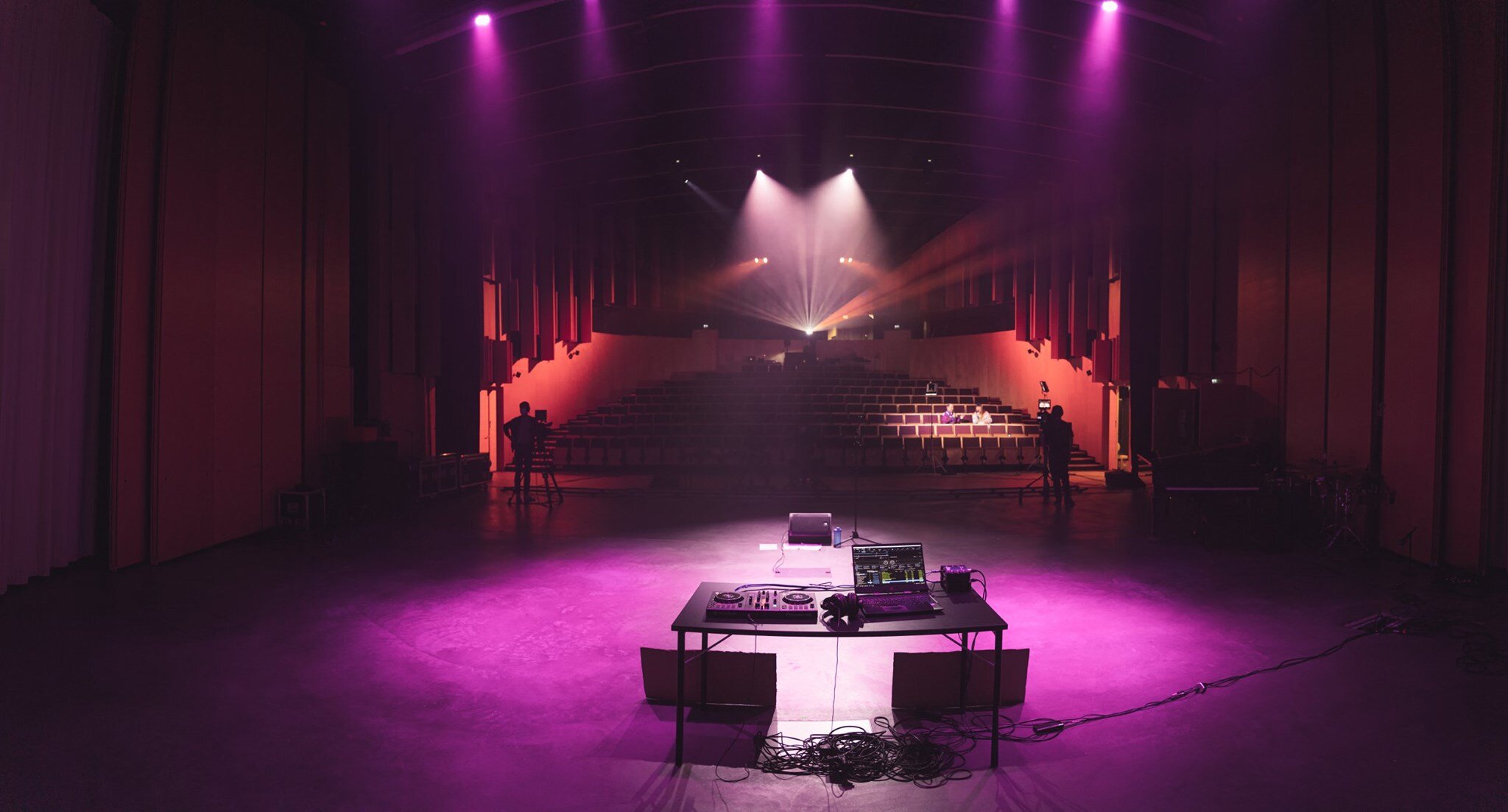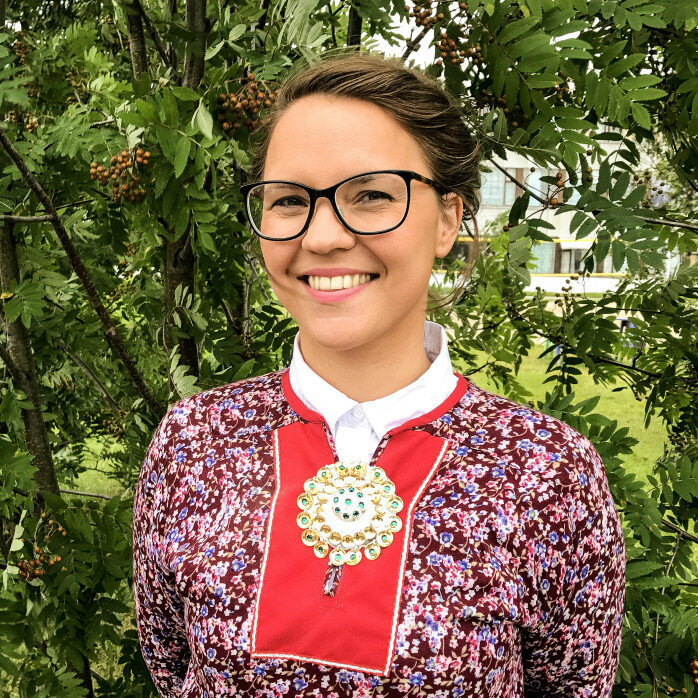Culture Sápmi in times of COVID-19
Ijahis Idja digital festival during the COVID-19 pandemic, august 2020.
In the spring of 2020, the Sámi Council launched a cross-border study, in collaboration with the International Sámi Film Institute, the Sámi Arts Council and the Sámi Parliament on the Norwegian side, on how COVID-19 affects the entire Sámi cultural field in Finland, Sweden, Russia and Norway. Previous feedback from the Sami cultural field expressed a need to gather knowledge about how the pandemic affects individual practitioners and cultural institutions, to be able to guide how Sami cultural policy instruments can be organized in accordance with the field's needs. The Sami Council is now publishing a fact sheet based on the results of the survey.
The study concludes that closed borders resulted in major financial consequences for both art and culture practitioners, Sámi festivals and other Sámi cultural institutions.
"The study shows that the biggest economic consequence for culture-sápmi is the closed national borders. They have been a major obstacle for Sami artists and cultural workers who work cross-border daily. The pandemic has helped to emphasize that the Sámi art and culture field is a cross-border field, says head of the Saami Council's culture department ", Christina Hætta.
The survey also shows that national political instrument does not adequately support the Sámi cultural field. The results of the survey reflect the debate that is taking place in the Sámi cultural field, Hætta believes, and refers to a lack of knowledge about how the Sámi cultural field actually works, where it is seen that many of the support mechanisms such as scholarships and compensation schemes are designed for the majority society.
There is a need to adjust the measures and the compensations to meet the field on their own terms, Hætta believes. Because it also appears in the survey that few Sámi cultural workers or cultural institutions have applied for the various national compensation schemes, and Hætta believes this is due to a lack of national knowledge about the Sámi cultural field.
“We know that many Sámi art and culture workers do not apply for the various national support schemes. But no further research has been done to find out why they do not use these funding opportunities when we have a great need for cultural support in the Sámi cultural field. During the corona pandemic, the Saami Council has also established a Sámi cultural policy think tank and it appears that many cultural workers experience a lack of knowledge about Sámi society in the face of national support schemes, and that one can therefore often feel that many of these funding systems are not for them.”, says Hætta.
Because there is a lack of knowledge about the Sámi cultural field, Hætta hopes that the results of this survey can help to influence the cultural policy strategies both within the various national borders, at the Sámi political level and at a Nordic political level.
"I hope that this fact sheet will give a better understanding of the Sámi cultural field nature, that the field is cross-border.", Hætta
Hætta also sees a great need for further research of COVID-19 influences in the Sámi cultural field.
"There is almost no research or collection of statistics about the Sámi cultural field, and how can we then formulate policies that are adapted to the field? There have been major national surveys within the various national borders. But our artists and cultural workers are not visible in these surveys. The majority's and thus the majority's answers will be the leading knowledge. It is important to acquire information about how the Sámi cultural field is doing and doing financially. The Sámi cultural field has different challenges and needs than the various national cultural fields ", Hætta believes.


